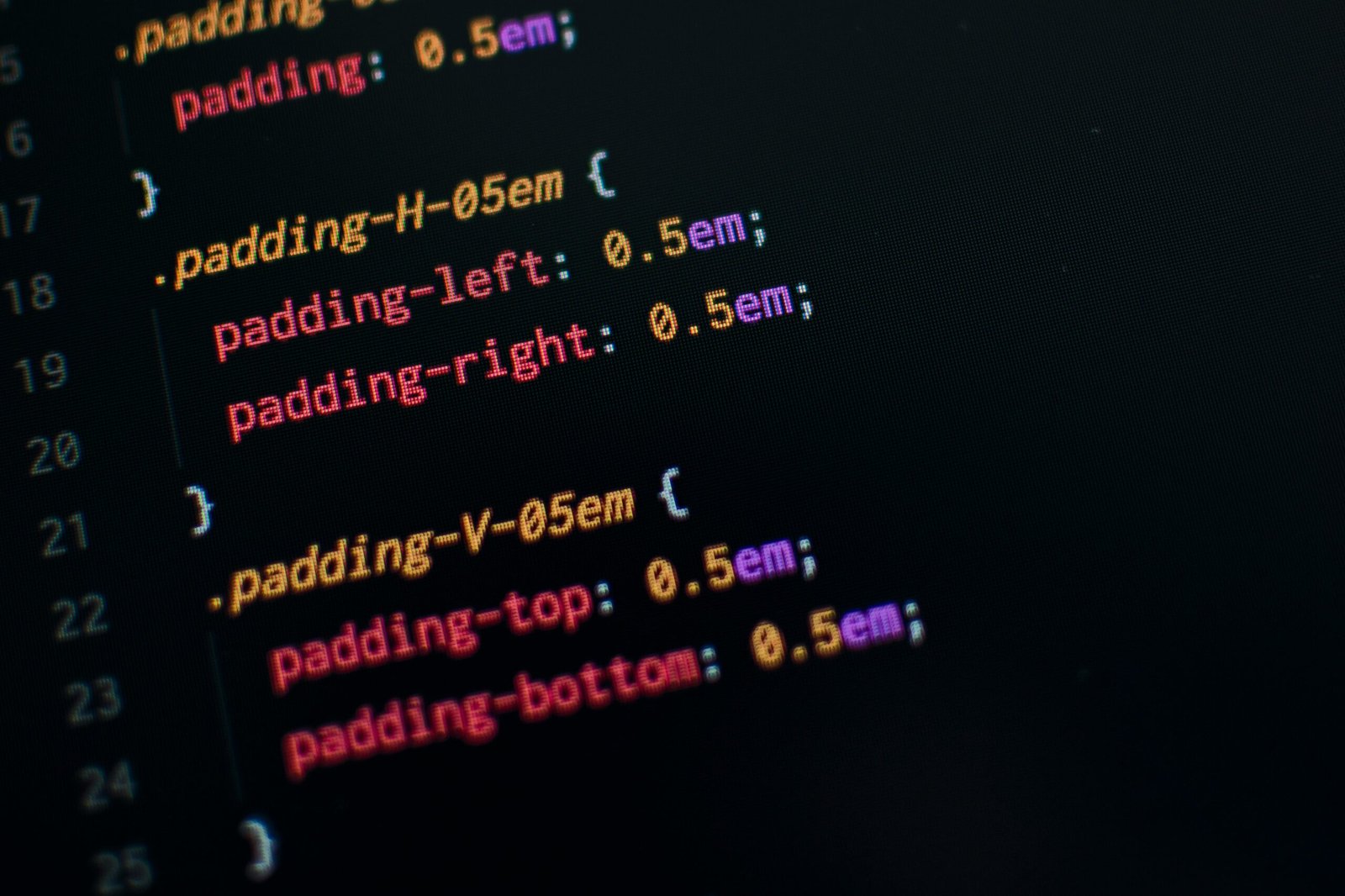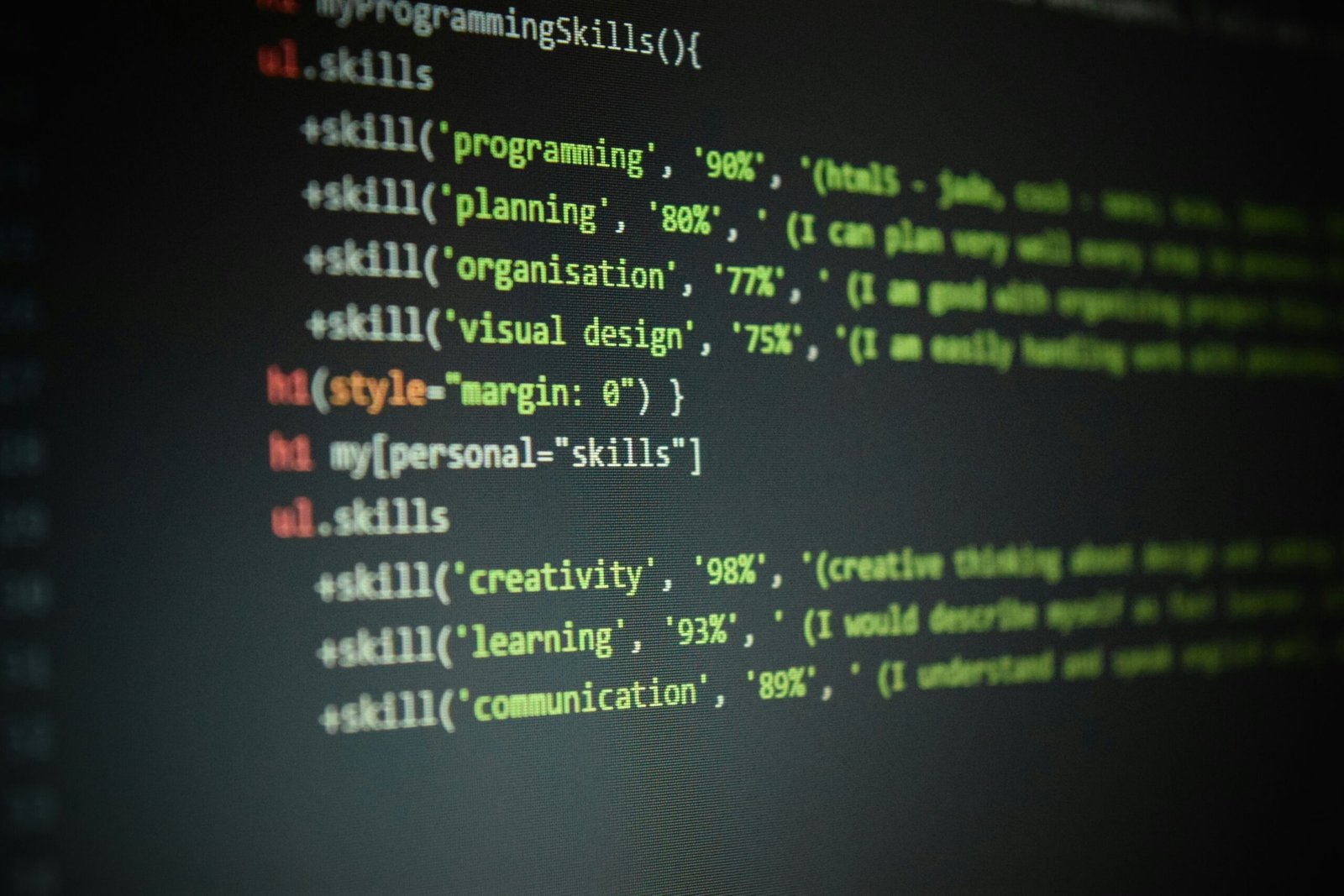Performative and Constant Utterances
When examining speech acts, it is essential to distinguish between performative and constant utterances. Performative utterances are those in which the act of speaking itself brings about the intended action. In other words, the utterance itself is performative and has the power to change the world. For example, when a judge says, “I hereby sentence you to ten years in prison,” the utterance itself carries the force of the action and has legal implications.
On the other hand, constant utterances are statements that describe or report a state of affairs rather than bringing about a direct action. These utterances are not performative in nature and do not have the power to change the world on their own. For instance, if someone says, “It is raining outside,” they are not performing an action but merely stating a fact.
Understanding the distinction between performative and constant utterances is crucial in the theory of illocutionary forces. It allows us to analyze the different types of speech acts and their effects on the listener or reader. By categorizing speech acts into locutionary, illocutionary, and perlocutionary acts, the theory of illocutionary forces provides a framework for examining the communicative power of language.
Locutionary acts refer to the act of uttering words and producing meaningful linguistic expressions. It involves the basic level of communication where the speaker conveys a message using language. However, the mere act of producing words does not necessarily have any illocutionary or perlocutionary force.
Illocutionary acts, on the other hand, go beyond the literal meaning of the words and have an intended effect on the listener or reader. These acts can be directives, such as commands or requests, or expressive acts, such as apologies or congratulations. The illocutionary force of an utterance depends on the context, the speaker’s intention, and the listener’s interpretation.
Perlocutionary acts, the final category of speech acts, focus on the effect or consequence of the utterance on the listener or reader. These behaviors are the outcome of the listener’s comprehension and response to the speech act, not something that the speaker directly controls. For example, if a speaker tells a joke and the listener laughs, the perlocutionary act is the laughter itself.
By studying the theory of illocutionary forces, linguists and pragmatists gain insights into the complexity of human communication. It highlights the power of language to not only convey information but also to influence beliefs, attitudes, and behaviors. Understanding the different types of speech acts and their effects can enhance our ability to communicate effectively and navigate social interactions. In the following sections, we will explore various examples of illocutionary acts and their implications in different contexts.
Performative and Constant Utterances
Performative utterances and constant utterances are two types of speech acts that play a crucial role in the theory of illocutionary forces. Let’s understand these concepts in more detail.
Performative Utterances
Performative utterances are speech acts that not only describe an action but also perform the action itself. In other words, the act of uttering the words brings about the intended action. For example, when someone says, “I apologize,” the act of apologizing is performed through the utterance itself. The words have the power to bring about a change in the listener’s perception or understanding.
Performative utterances are often associated with certain linguistic features, such as the use of specific verbs or sentence structures. These linguistic markers indicate the performative nature of the utterance. For instance, verbs like “promise,” “apologize,” “declare,” or “command” are commonly used in performative utterances.
It is important to note that performative utterances are context-dependent. The same words uttered in a different context may not have the same performative force. The success of a performative utterance depends on various factors, including the authority and intention of the speaker, the understanding of the listener, and the social norms and conventions associated with the speech act.
Performative utterances have been extensively studied in fields such as philosophy of language, pragmatics, and sociolinguistics. They are considered a powerful tool for communication as they not only convey information but also bring about a change in the social reality. For example, a judge’s utterance of “I sentence you to five years in prison” not only describes the action but also carries out the sentencing itself.
Constant Utterances
Unlike performative utterances, constant utterances do not have a direct performative force. They are statements that describe or state facts about the world. For example, when someone says, “It is raining,” they are making a constant utterance that describes the current weather condition. Constant utterances do not bring about a change in the listener’s understanding or behavior.
Constant utterances are often used to convey information, express opinions, or engage in everyday conversation. They serve the purpose of sharing knowledge, expressing thoughts, or initiating a dialogue. While constant utterances may not have an immediate impact on the listener, they contribute to the overall communicative process and help in conveying meaning.
In addition to conveying factual information, constant utterances can also express emotions, attitudes, or beliefs. For example, when someone says, “I love you,” they are not performing the act of love through the utterance itself but expressing their feelings towards the listener.
Constant utterances are an essential part of everyday communication and are used in various contexts, such as casual conversations, academic discussions, or professional settings. They provide a means of sharing thoughts, opinions, and experiences, and contribute to the formation of social bonds and the development of shared meaning.
In conclusion, performative and constant utterances are two distinct types of speech acts that serve different purposes in communication. While performative utterances have the power to bring about a change in the social reality, constant utterances describe facts or express thoughts and opinions. Both types of utterances play a crucial role in conveying meaning and facilitating effective communication.
The Theory of Illocutionary Forces
The theory of illocutionary forces, developed by philosopher J.L. Austin and further expanded by John Searle, focuses on the different types of speech acts and their illocutionary force. Illocutionary force refers to the intended meaning or effect of a speech act. Let’s explore the three main categories of illocutionary acts in this theory.
Locutionary Acts
Locutionary acts refer to the basic act of uttering words and producing meaningful sentences. It involves the use of language to convey information or express thoughts. When we speak or write, we engage in locutionary acts by producing linguistic expressions that have a specific meaning.
For example, when someone says, “The cat is on the mat,” they are performing a locutionary act by uttering a sentence with a specific meaning. Locutionary acts are essential for communication as they form the foundation for further analysis of speech acts.
Illocutionary Acts
Illocutionary acts go beyond the basic act of uttering words and involve the intended meaning or force behind the speech act. It refers to the illocutionary force or the illocutionary point of the utterance. Illocutionary acts are performative in nature and have the power to bring about a change in the listener’s understanding, beliefs, or behavior.
Examples of illocutionary acts include making requests, giving orders, asking questions, making promises, apologizing, or congratulating. The illocutionary force of these acts lies in their intended effect on the listener. For instance, when someone says, “Could you please pass me the salt?” the illocutionary act is making a request, and the intended effect is for the listener to pass the salt.
Illocutionary acts are not only about the explicit meaning of the words but also about the speaker’s intentions and the context in which the speech act is performed. The illocutionary force can be conveyed through various linguistic and non-linguistic cues, such as tone of voice, facial expressions, and gestures.
Perlocutionary Acts
Perlocutionary acts refer to the actual effect or impact of a speech act on the listener or reader. It focuses on the response or reaction elicited by the utterance. Unlike illocutionary acts, perlocutionary acts are not under the direct control of the speaker. The effect of a speech act depends on various factors, including the listener’s interpretation, beliefs, and emotions.
For example, when someone says, “I’m sorry to hear about your loss,” the perlocutionary act is to offer condolences and provide emotional support. The impact of this utterance may vary depending on the listener’s emotional state and personal interpretation.
Perlocutionary acts highlight the dynamic nature of communication, where the speaker and the listener co-construct the meaning and impact of a speech act. The success of a perlocutionary act depends on how well the speaker can anticipate and understand the listener’s response and how effectively they can convey their intended message.
In conclusion, the theory of illocutionary forces provides a framework for understanding the different types of speech acts and their intended meaning or effect. Locutionary acts form the foundation of communication, while illocutionary acts focus on the intended force behind the speech act. Perlocutionary acts highlight the impact and response elicited by the speech act. Together, these categories of illocutionary acts shed light on the complex nature of human communication and the power of language to shape understanding, beliefs, and behavior.














+ There are no comments
Add yours